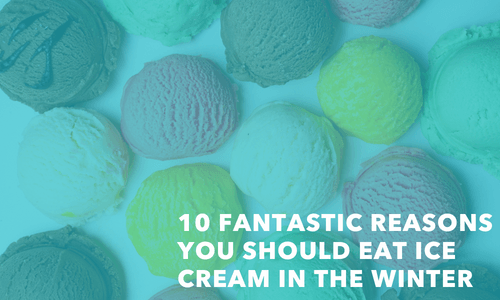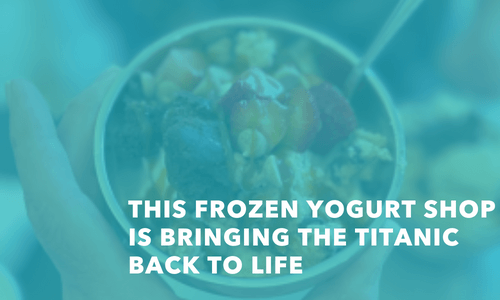When Ice Cream Betrays You: All About Brain Freeze
What exactly is brain freeze?
Also known as an ice cream headache, a cold stimulus headache, or sphenopalatine ganglioneuralgia, brain freeze is a short-lived headache that occurs when one eats something cold -- like frozen treats, ice pops, or even beverages -- very quickly. Brain freeze can last anywhere from a few seconds to a couple of minutes and is characterized by immediate, throbbing pain.
Why does this happen when I eat frozen desserts?
Most people understand that eating or drinking a cold substance too quickly somehow leads to brain freeze. But here's what's actually happens. When this cold substance is introduced into the mouth (i.e., behind the palate and nose), the blood vessels and nerves located in that area constrict. They may also be rapidly rewarmed by the air around you. Those nerves detect these changing stimuli and interpret it as something painful. The nerves send a message to your brain, which knows there's something painful happening but can't figure out exactly where it is. The pain message registers at the top of your head, which is what causes your headache.
Interestingly, there are a couple of factors that make a brain freeze more likely to happen. One is that ice cream headaches occur more often in the summertime, likely because the temperature variation between the cold substance and the air around you is more substantial. Another intriguing fact is that migraine sufferers are more prone to brain freezes. Researchers have found that some of the processes that leads to an ice cream headache may be similar to what causes migraines and other kinds of headaches. While further research is needed, it's possible that medications that reverse or prevent blood vessel widening could treat headaches that have otherwise proved difficult to manage.
What can I do to relieve brain freeze?
Your favorite frozen treats may have triggered your ice cream headache, but that doesn't mean you have to stop enjoying them! You just need some tips on how to relieve this sensation (or hopefully avoid it altogether).
-
Drink warm water: Feel that first twinge of brain freeze coming on? Fill a glass with warm (not hot!) water and drink it slowly. The water will help even out the cold sensation on your palate and should make the brain freeze shorter and less intense.
-
Try the tongue trick: A tried-and-true method, the tongue trick can help reduce the effects of brain freeze. Just press your tongue against the roof of your mouth to warm up the area. (You can also do this with the tip of your finger.) Do this until your brain freeze starts to subside.
-
Breathe and cover: Some people swear by this trick, which involves covering your mouth and nose with your hands and breathing quickly. This can help bring a flow of warm air to your palette, thus reducing the severity and length of your ice cream headache. This might be tough with an ice cream cone in your hand, though.
- Go slow: Prevention is often the best way to go. Before diving into ice cream sundaes and other frozen treats, remind yourself to take things slow. Don't be too eager with those first few licks! If you eat slowly, your palate won't be as overwhelmed by this new, cold stimuli. You can also try eating towards the front of your mouth or waiting for your ice cream to warm up a bit before eating.





